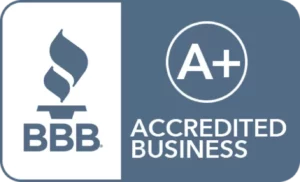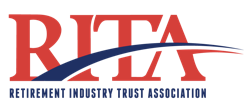As we approach the end of the year, it’s time to start figuring out what you need to do with your finances. If you are self-employed and have a Solo 401(k) plan, there are a few things to keep in mind. In the following, we’ll discuss all Solo 401(k) tax filing items you should be aware of. But don’t fret, it’s not too bad compared to regular income taxes and other plans. Read on to see what you may have to file.
What is a Solo 401(k)
Before we get in the Solo 401(k) tax filing tips, let’s tale a minute to explain the Solo 401(k). Essentially, it’s a traditional 401(k) that’s designed for the self-employed. Anyone with self-employed income can open and fund one. It doesn’t matter if you have your own business (with no full-time employees) or you have a side job. It’s a fairly easy and cost-effective solution to retirement, when you don’t have one through a full-time job. In fact, it’s arguably the best retirement plan you can have. So, pick up a side job, and earn more money and save more for retirement!
One of the big advantages of the Solo 401(k) is the high contribution limits. You can contribute over $50,000 annually to a Solo 401(k), so long as you have that much in self-employed income. Further, investment options are practically unlimited with the right provider, such as IRA Financial. With Checkbook Control, you have the freedom to invest in what you want, when you want.
Solo 401(k) Tax Filing Requirements
First thing’s first, if your Solo 401(k) is valued under $250,000, you don’t have to file a thing! This is because Solo 401(k) plans are tax-exempt and don’t require the filing of state and federal income taxes. However, If your plan assets are worth more than $250,000, listen up! You have to file what’s called an information return. This is filed with IRS Form 5500. There are two ways to file this form. First is 5500-EZ, which you (or your plan administrator) must fill out and mail to the IRS. Second, is Form 5500-SF, which must be filed electronically.
Basically, you need the details of your Solo 401(k) and the total amount of assets in the plan. First, you’ll need the beginning and end date of the plan. Next, you’ll need the actual name of the plan, for example, ABC Company 401(k) Trust. You will also need the adopting employer’s EIN, or Employer Identification Number. Lastly, you will need to input the number of plan participants. Generally, this number will be one. However, you may have a partner or spouse, so it’s not always one.
Now it’s time for the important details for your Solo 401(k) tax filing: the assets. You will need to know exactly the amount of assets in the plan, as of December 31. You will also need to know any liabilities from the plan so you have an accurate final number.
Be Prepared for Tax Time
As with all IRS filing, you must file your Form 5500 by tax day. Failure to do so will lead to a $250/day penalty, up to $150,000. Form 5500-SF must be filed electronically at EFAST2. 5500-EZ must be sent directly to the IRS. In most cases, your plan administrator will fill out the form and file it for you. For example, IRA Financial charges nothing for this service.
Solo 401(k) tax filing is pretty straight forward. After all, if you need to file this form, you have healthy retirement plan! If you have any questions, you can contact us at 800.472.1043. Alternatively, you can visit the IRS website for more detailed information.











